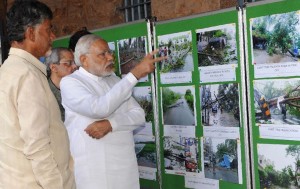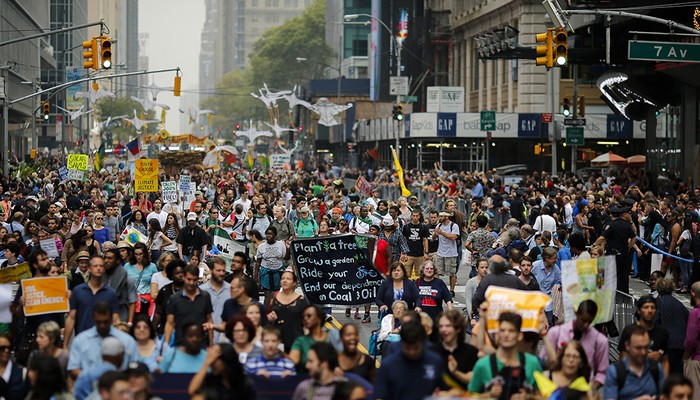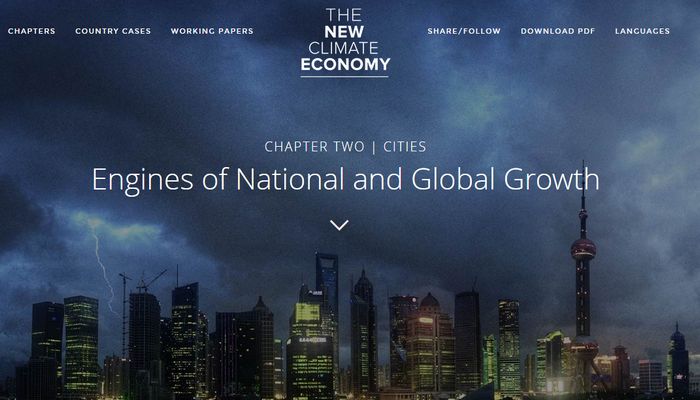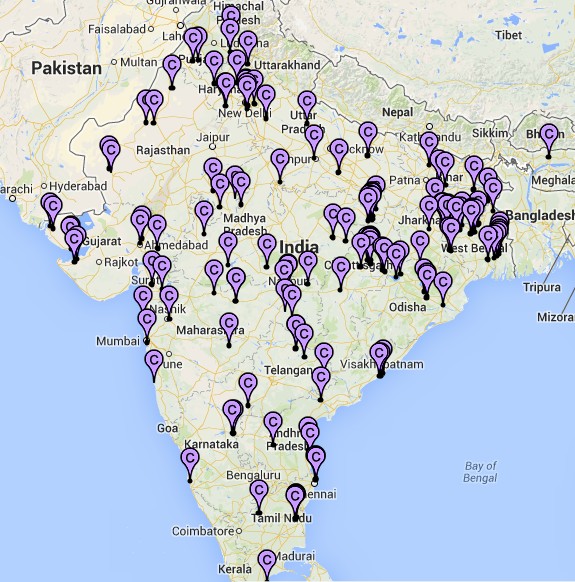
The Earth Care Awards are an effort to honour excellence in initiatives towards climate change mitigation and adaptation by industries, communities and individuals. The call for the 2015 awards is now open.
The activity is led by JSW and Times of India as the joint sponsors, with the Centre for Environment Education (CEE) as the knowledge partner and TERRE Policy Center as the outreach partner. Initiated in year 2007 with India as key focus country, the award now reaches out to countries in SAARC region – Afghanistan, Nepal, Pakistan, Bhutan, India, Sri Lanka, Maldives and Bangladesh. More details on the award and the nomination process can be found here.
The award focuses on three important areas: GHG mitigation by large and small & medium industries, land use land use changes and water resources by community groups, NGOs and research and development institutions, and, innovation for climate protection by individuals or institutions. CEE as the knowledge partner assists the Earth Care Jury in evaluating the applications.
 The challenges posed by climate change in the region needs to have response strategies suitable to the region climatic and socio-economic contexts. The present compilation of case studies puts forward responses emanating from ground level on mitigation and adaptation requirement to climate change.
The challenges posed by climate change in the region needs to have response strategies suitable to the region climatic and socio-economic contexts. The present compilation of case studies puts forward responses emanating from ground level on mitigation and adaptation requirement to climate change.
This has been compiled through a process of application and field level due diligence. The awards process has been continually involved in exploring projects which reflect commitment and results integrating climate change considerations in their operations, development activities and innovations.
These case studies are aimed to bring out those who have put conscientious efforts to recognize and integrate climate concerns into their activities. The cases reflect how communities, industries and innovators are putting efforts and taking steps to minimize and adapt to climate change.
The case studies highlight activities related to building institutional mechanism, strengthening local bodies for managing common property resource and ecosystem functions, identifying and developing synergy and partnerships, plan for maximizing resource efficiency and translate management commitment and prioritizing local needs for technology innovations.












 From the first week of June 2014 until the middle of September 2014, there have been floods and conditions equivalent to drought in many districts, and for India the tale of monsoon 2014 comes from a reading of individual districts, not from a national ‘average’ or a ‘cumulative’. [
From the first week of June 2014 until the middle of September 2014, there have been floods and conditions equivalent to drought in many districts, and for India the tale of monsoon 2014 comes from a reading of individual districts, not from a national ‘average’ or a ‘cumulative’. [










 We must question the profligacy that the Goyal team is advancing in the name of round the clock, reliable and affordable electricity to all. To do so is akin to electoral promises that are populist in nature – and which appeal to the desire in rural and urban residents alike for better living conditions – and which are entirely blind to the environmental, health, financial and behavioural aspects attached to going ahead with such actions. In less than a fortnight, prime minister Narendra Modi (accompanied by a few others)
We must question the profligacy that the Goyal team is advancing in the name of round the clock, reliable and affordable electricity to all. To do so is akin to electoral promises that are populist in nature – and which appeal to the desire in rural and urban residents alike for better living conditions – and which are entirely blind to the environmental, health, financial and behavioural aspects attached to going ahead with such actions. In less than a fortnight, prime minister Narendra Modi (accompanied by a few others) 






